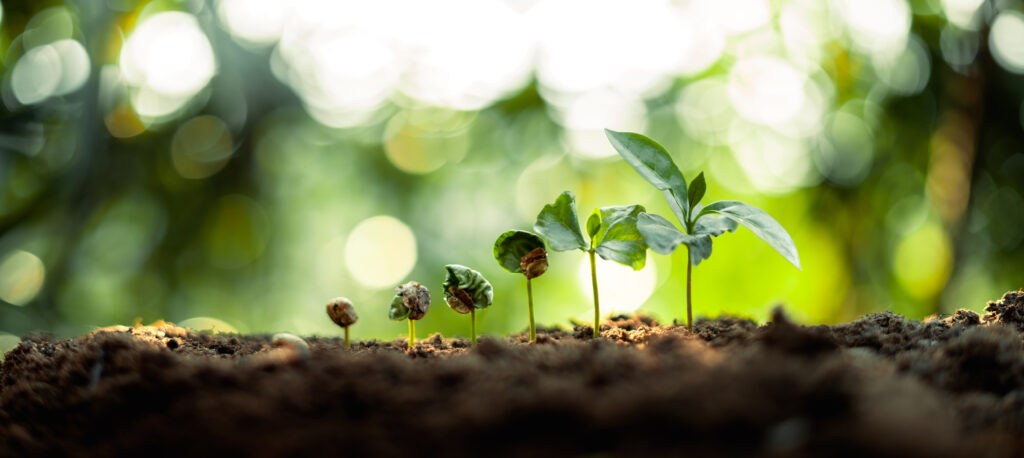We do not create our emotions. We manage them. Granted there are activities that we do in the thought and physical aspects of our lives that generate the experiences of emotions but we do not directly create them.
Here’s an important understanding as we learn how to manage our emotional experiences.
First a quick recap….
-
- We manage our emotions we don’t create them
-
- Emotions are experiences and like any experience we feel the entire gamut from pleasurable to painful in our day to day lives
-
- It’s the physical sensation of the emotion that cause us the discomfort not the label
-
- Because the important aspect of an emotion is physical we know that it has a beginning, a middle, and an end
Building on what we’ve just talked about, there are three general responses we have to an emotion.
In every moment of our existence we are observing, evaluating and responding to the influx of emotions that make up our day to day life. In general there are three responses we take. For our discussion here we will not differentiate between what we would consider “positive” or “negative” emotions.
Emotions have a natural life cycle. We receive a stimulus, which after flowing through our filters and belief systems, reaches our present moment awareness. We experience the emotion in its completeness. Once we’ve learned what we need to learn, experience what we need to experience, and grow in the way that’s best for us we release the emotion back to where it came from and move forward.
This is often the theory but not necessarily the practice.
First – We avoid the emotion like the plague. We put up both hands and ward it off with all our strength. Unfortunately, emotions have a life cycle which has to complete itself. No matter how long we hold them off they will always be there. As more and more of these accumulate we spend more and more of our and attention on trying to keep them away. Sooner or later they overflow and we experience an overload on our system causing what’s commonly called a “breakdown”
Second – We allow ourselves to experience the emotion. We don’t push it aside or run away from it. We don’t try and dampen it down. We can, however, become stuck in the emotion. Neither learning or growing but simply residing in the emotion. As we know energy is designed to flow continuously. When we choose not to allow the emotion to follow its natural life cycle the energy becomes stagnant.
Third – In our present moment awareness we can experience the emotion in all its fullness from a perspective of peace and security so that it doesn’t shake our very core and allows us the objectivity required to see what we can learn and then grow in the direction that’s best for us. Then, most importantly, we allow the emotion to fulfill its natural lifecycle and come to a resolution. We experience, we learn, we grow, and then we release the energy of the emotion back to where it began.
